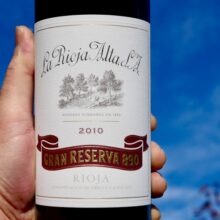
Product information
La Rioja Alta 890 Gran Reserva 2010
$575
Description
Thrilled to be able to offer my thoughts on this special wine. Lunch with the full current release set from La Rioja Alta was thrilling. The wines are a demonstration of respect for the past and judicious use of modern technology combined with an approach that offer a style reminiscent of a refreshed classic. No fads here!
A seamless, harmonious delight. Superb secondary to tertiary development whilst maintaining exceptional freshness for a wine aged this long. Earthy and savoury with faint licks of leather and tobacco. Very, very faint lick of cleansing bitterness that works wonderfully with matured developed garrigue. Great energy and acid line here. Blossoming in the glass, flowers popping gracing the nose. Round, lush and mouthfeeling yet thirst quenching. There’s a trick! One of those wines that offers a new scent and a gradual transformation with every sniff and sip. Exceptional expression, as is La Rioja Alta’s will, it is ready to drink with plenty more to come should you choose to wait.
Paul Kaan, Wine Decoded
NOTE on OAK: Many traditionalists rail against the use of American oak in any wine. La Rioja Alta is a benchmark in oak handling. Whatever they are doing with their tree selection, in-house seasoning and cooperage the impact in their wines is incredibly nuanced. All of the oak for their top wines has been seasoned for at least 1 year with other wines prior to use here. It’s more like the difference between adding a pinch of salt to porridge than a tablespoon of treacle!
They were eager to show me their 2010 Gran Reserva 890, their flagship wine from one of the most heralded vintages of recent times, the next vintage of this wine since 2005. It’s 95% Tempranillo, 3% Graciano and 2% Mazuelo that fermented destemmed and crushed with indigenous yeasts in stainless steel vats for 18 days, the Tempranillo and Mazuelo together and the Graciano separately. After letting the wine settle for the winter, they selected the lots that would age for six years in used American oak barrels with 10 manual rackings. The wine epitomizes the classical style of Rioja Alta with long aging in barrel, developed and tertiary wines with a silky palate and a complex and decadent nose of forest floor, trucles, cigar ash and cedar wood. They need a very special selection of vineyards at higher altitude that take longer to ripen, and they don’t do it fully every year. If they don’t, the grapes go to Ardanza, but in 2010, the days were warm and the nights very cold and the grapes ripened thoroughly and could stand the long time in barrel without being oaky. They have stopped the last rackings to keep a little more freshness, and the wine feels phenomenal. This has to be one of the finest vintages for this wine. It’s drinkable now but should also age for a very long time; it’s intense, complex and elegant. Blended and bottled unfiltered in March 2017.
Luis Gutiérrez, The Wine Advocate 97 Points
TA 98 JR 96 Peñin 💯 Guía ABC 💯 Sobremesa 💯 Vivir el Vino 💯 La Semana Vitivinicola 💯 Guía La Vanguarda 💯
If you’re a fan of the wines of Viña Tondonia & Viña Bosconia from R. López de Heredia the wines of La Rioja Alta will be in your zone!
Straight 6 Pack orders will come in a wooden box
In stock



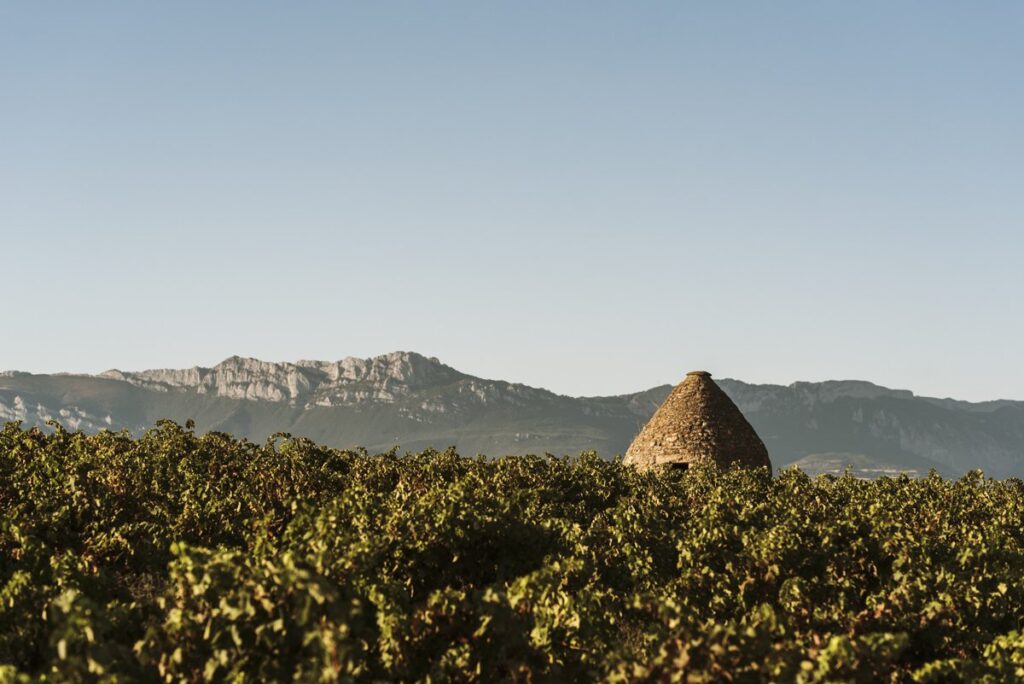
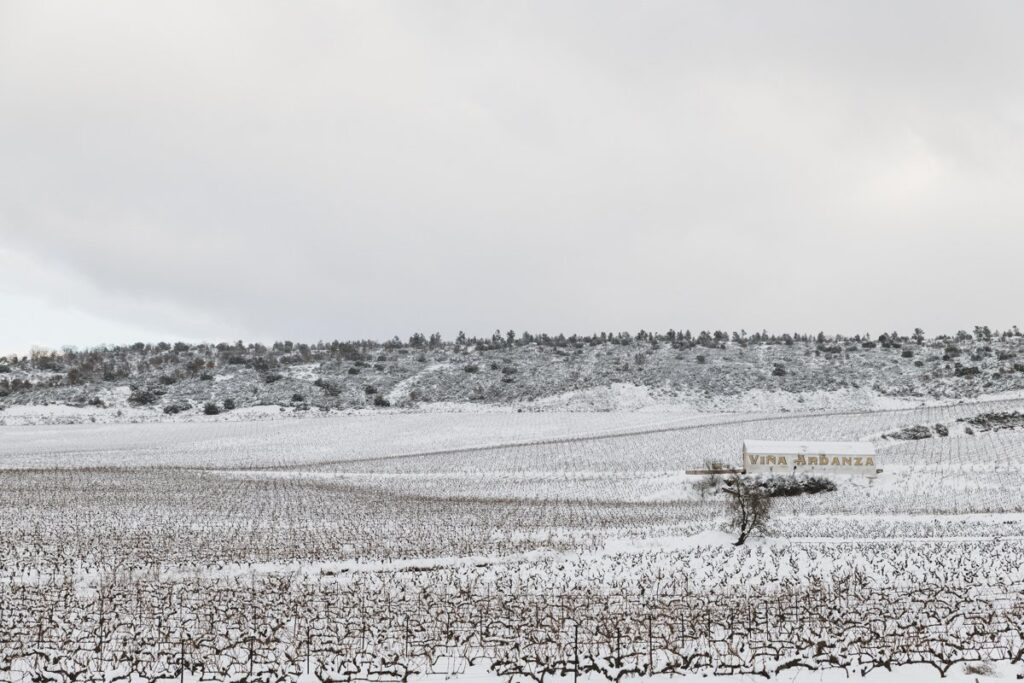
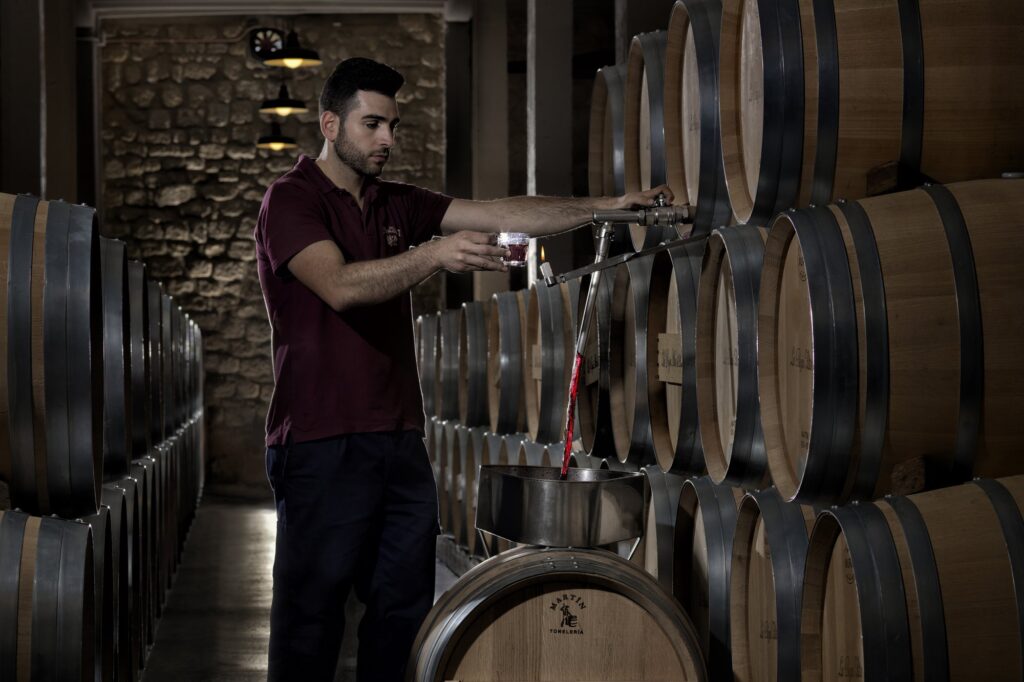
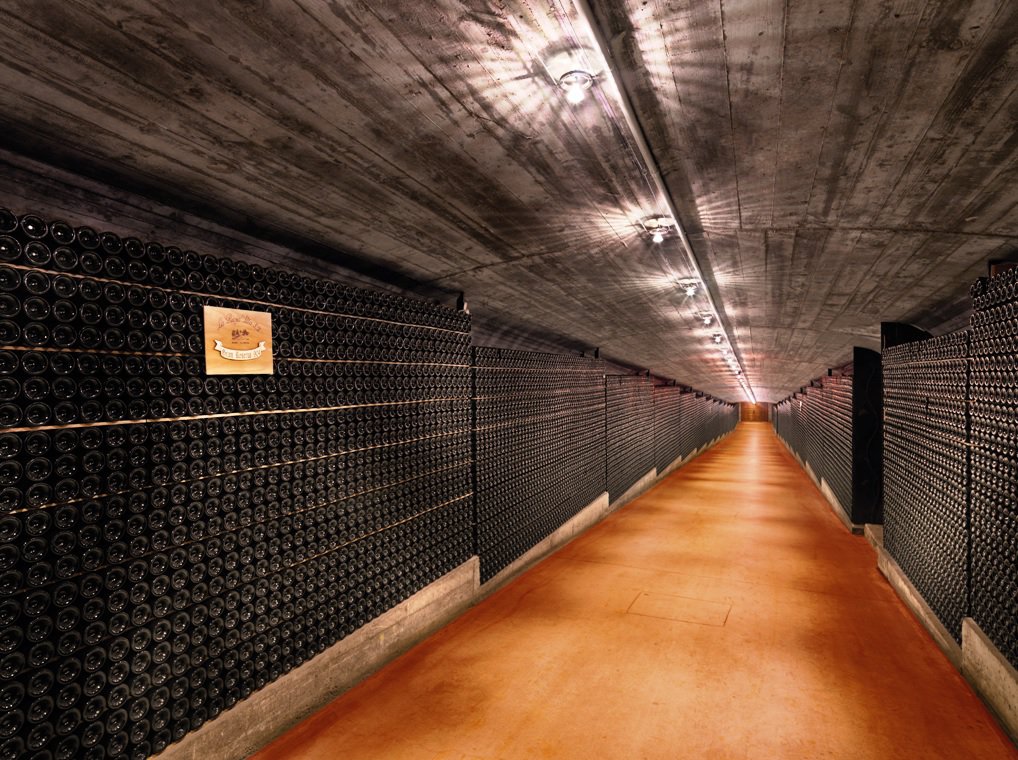
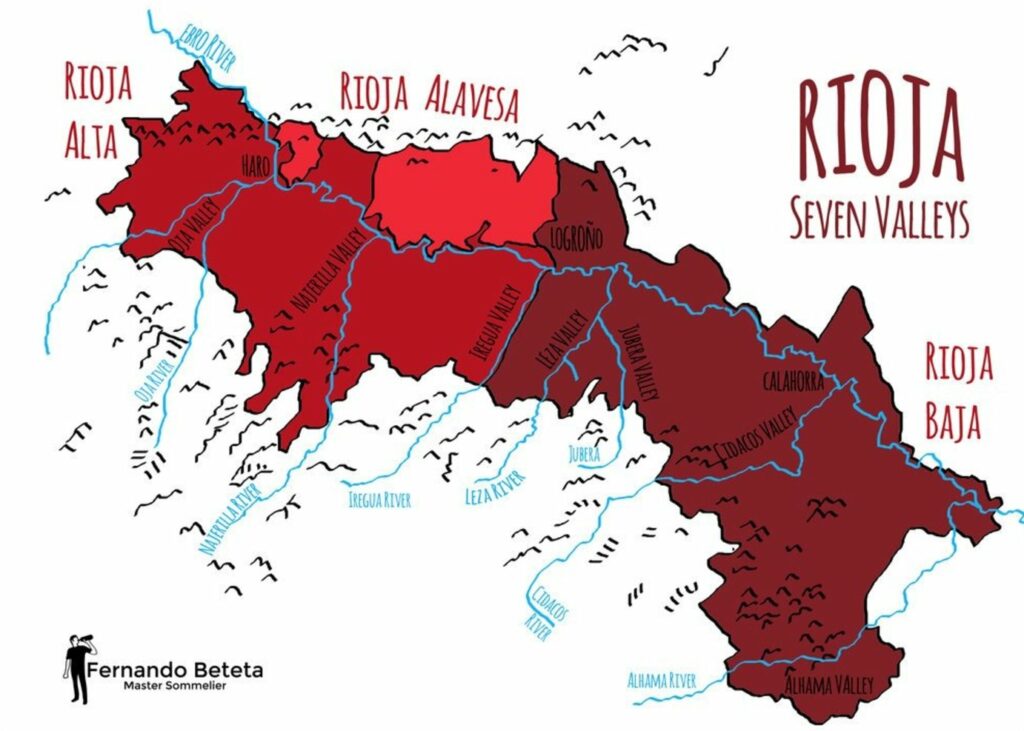
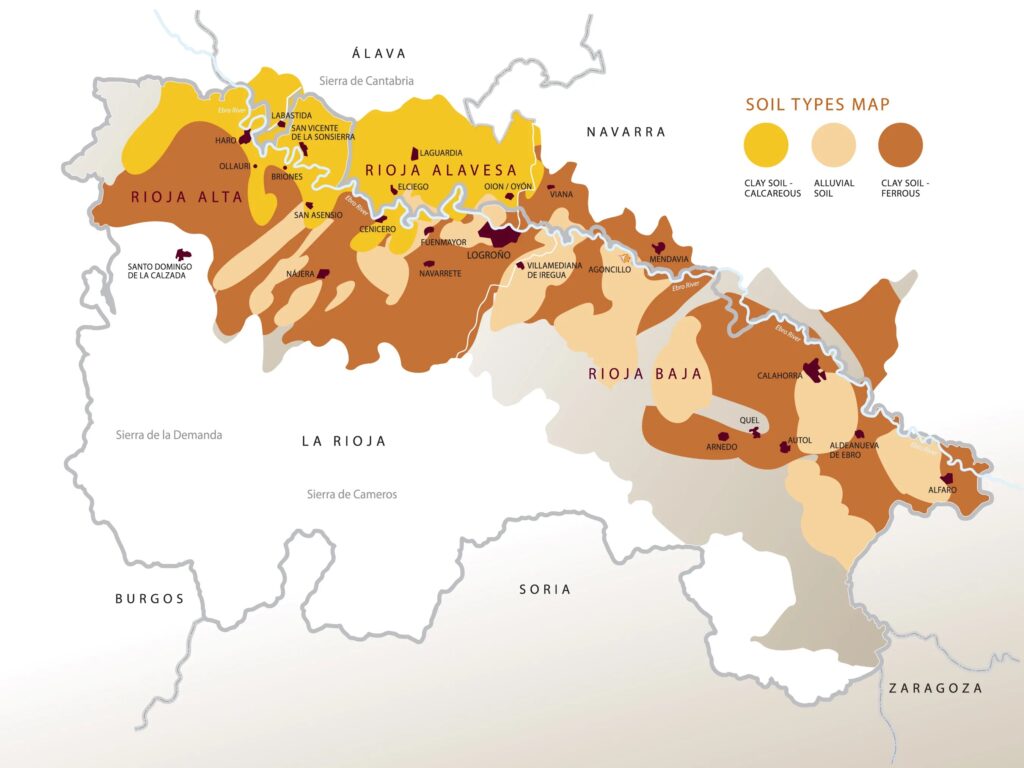
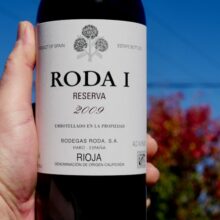
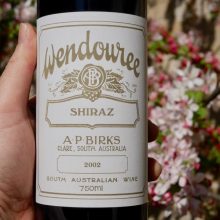
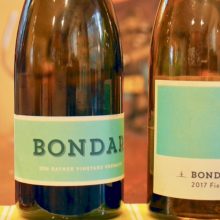

You must be logged in to post a comment.